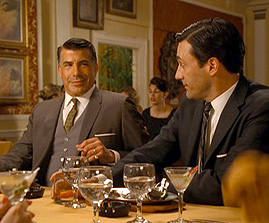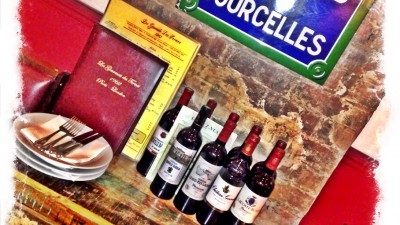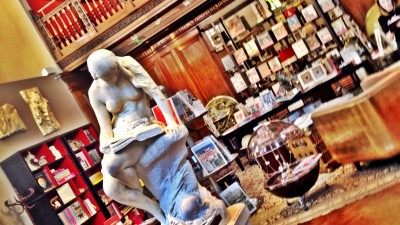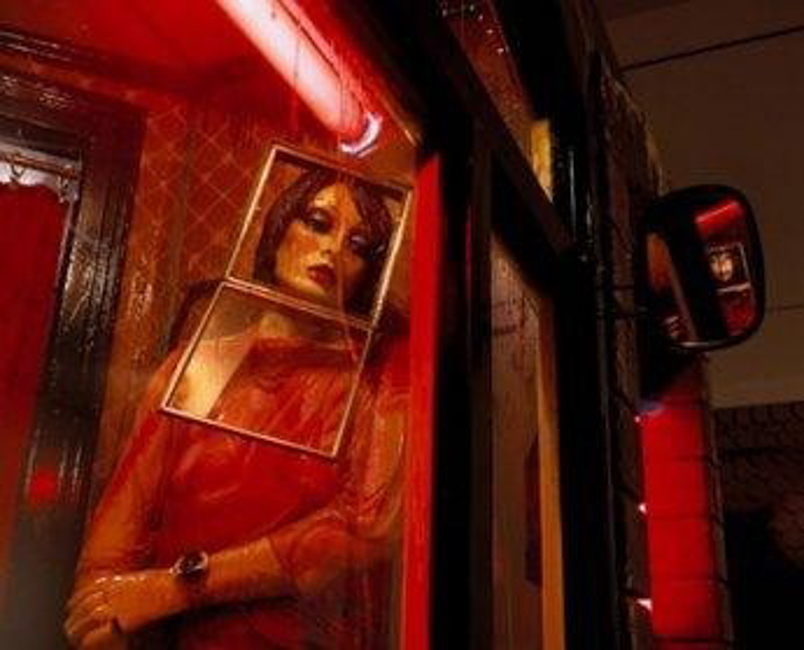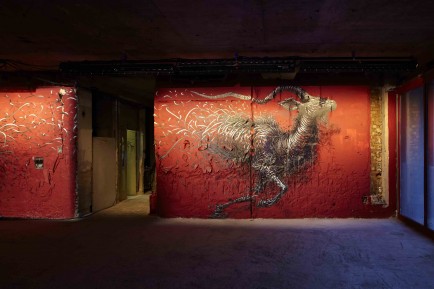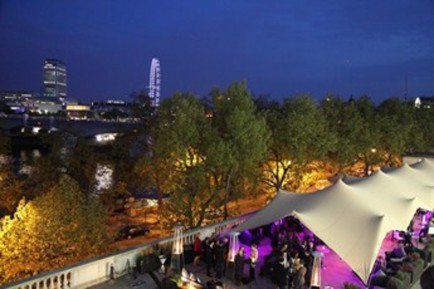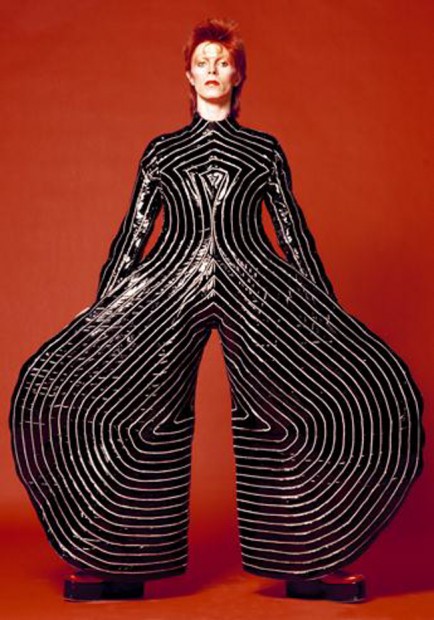The Hoerengracht, an installation artwork by American artists Ed and Nancy Kienholz, transforms the Sunley Room into a walk-through evocation of Amsterdam’s prostitution district: provocative, controversial and powerful.
A few reasons to go and see this exhibition…
- Because it is the first time an installation of this kind has been exhibited at the National Gallery. Near to the installation, a selection of 17th-century Dutch paintings from the museum’s own collection is displayed to create an interesting and revealing historic perspective. While connected to the past, this work also appears as a precursor of more contemporary developments, with artists such as Damien Hirst, Tracey Emin and the Chapman Brothers having all produced work that is in a direct line of descent from Kienholz.
- Because The Hoerengracht (“Whore’s Canal”) is one of the most significant pieces of installation art made by the couple (known collectively as “Kienholz”) before Ed’s death in 1994. Created in their Berlin studio between 1983 and 1988, this work breaks down the barrier between art gallery space and the real world by using objects from everyday life to address the theme of prostitution in a direct and unadulterated way.
- Because by recreating a sleazy and sordid mid-1980s street populated by garishly lit mannequins, it forces the viewer to become a voyeur. At the same time, the women’s hardened stance implies that they are aware and in control of their condition. As a result, the installation -however claustrophobic- is also respectful: as explained by Nancy Kienholz, it aims to be “a kind portrait of the profession” rather than a critic, making it all the more thought-provoking.
Kienholz: The Hoerengracht, at the National Gallery, Trafalgar Square, WC2 (Charing Cross). 18 November 2009 to 21 February 2010, Sunley Room, Admission Free.

